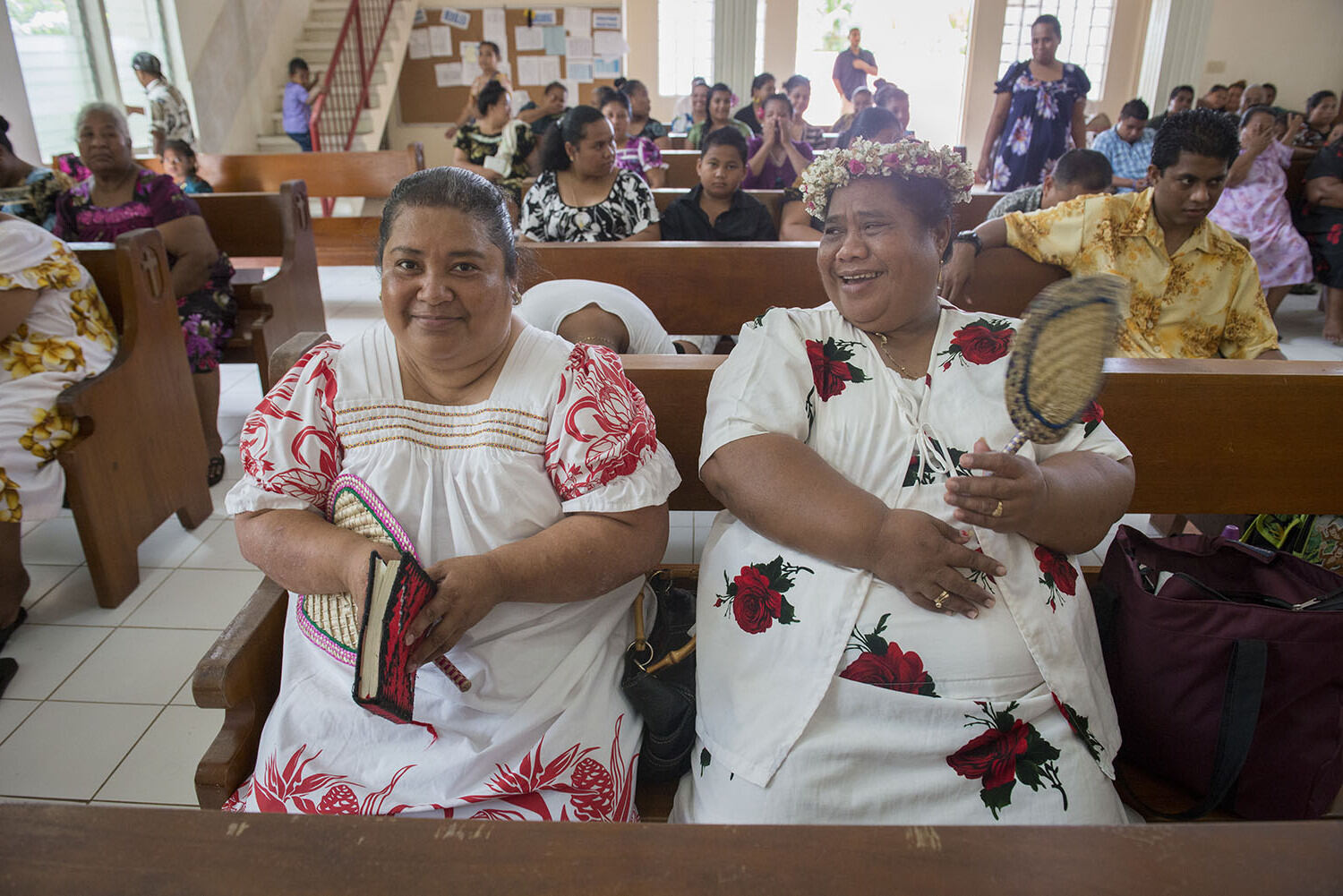
Micronesian religions are a rich tapestry of beliefs and practices that have evolved over centuries. These island communities, scattered across the western Pacific Ocean, have unique spiritual traditions deeply rooted in their daily lives. Did you know that many Micronesian cultures believe in a multitude of spirits and deities, each governing different aspects of nature and human life? For instance, some islands have gods specifically for the sea, agriculture, and even warfare. Traditional rituals often involve elaborate ceremonies, chants, and dances to honor these deities. Interestingly, the arrival of missionaries in the 19th century introduced Christianity, which now coexists with indigenous beliefs. Curious about how these ancient practices blend with modern faiths? Let's dive into 28 fascinating facts about Micronesian religions that will give you a deeper understanding of this captivating cultural mosaic.
Micronesian Religions: A Tapestry of Beliefs
Micronesia, a region in the western Pacific Ocean, is a collection of over 2,000 islands. The religious practices here are as diverse as the islands themselves. From ancient traditions to modern influences, Micronesian religions offer a fascinating glimpse into the spiritual lives of its people.
Ancient Beliefs and Practices
Before the arrival of Western missionaries, Micronesians had their own rich spiritual traditions. These ancient beliefs still influence modern practices.
- Animism: Many Micronesian cultures believed that spirits inhabited natural objects like trees, rocks, and rivers.
- Ancestral Worship: Ancestors were revered and often worshipped through rituals and offerings.
- Shamanism: Shamans, or spiritual leaders, played a crucial role in communicating with the spirit world.
- Totemism: Certain animals were considered sacred and believed to be the ancestors of specific clans.
Influence of Christianity
Christianity made a significant impact on Micronesian religious practices after European contact in the 16th century.
- Missionary Work: European missionaries introduced Christianity, leading to widespread conversion.
- Syncretism: Many Micronesians blended Christian beliefs with traditional practices.
- Church Attendance: Regular church attendance became a central part of community life.
- Christian Festivals: Christmas and Easter are widely celebrated, often with unique local customs.
Modern Religious Landscape
Today, Micronesia's religious landscape is a blend of traditional beliefs and various forms of Christianity.
- Diverse Denominations: Protestantism, Catholicism, and other Christian denominations are prevalent.
- Religious Freedom: Micronesia's constitution guarantees freedom of religion.
- Interfaith Harmony: Different religious communities often coexist peacefully.
- Religious Education: Many schools include religious education in their curriculum.
Unique Religious Practices
Micronesian religions have some unique practices that set them apart from other regions.
- Navigational Rituals: Traditional navigators perform rituals to seek guidance from the spirits of the sea.
- Tattooing: Tattoos often have spiritual significance and are believed to offer protection.
- Dance and Music: Religious ceremonies frequently include traditional dance and music.
- Sacred Sites: Certain locations are considered sacred and are used for religious ceremonies.
Festivals and Celebrations
Festivals play a vital role in Micronesian religious life, often blending traditional and Christian elements.
- Yap Day: Celebrated in March, this festival includes traditional dances, crafts, and rituals.
- Chuuk Constitution Day: A mix of political and religious celebrations, observed with church services and community events.
- Kosrae Liberation Day: Combines historical commemoration with religious ceremonies.
- Pohnpei Liberation Day: Features traditional dances, sports, and religious services.
Role of Women in Religion
Women hold significant roles in many Micronesian religious practices, both traditional and modern.
- Female Shamans: In some cultures, women serve as shamans and spiritual leaders.
- Church Leadership: Women often take on leadership roles within Christian communities.
- Ritual Participation: Women actively participate in religious rituals and ceremonies.
- Cultural Transmission: Women play a key role in passing down religious traditions to the next generation.
Challenges and Changes
Micronesian religions face various challenges and are continually evolving.
- Globalization: Exposure to global cultures and religions influences local practices.
- Youth Engagement: Younger generations may be less interested in traditional practices.
- Environmental Changes: Climate change affects sacred sites and traditional rituals.
- Cultural Preservation: Efforts are being made to preserve and revitalize traditional religious practices.
Micronesian religions are a vibrant tapestry of ancient traditions and modern influences, reflecting the region's rich cultural heritage.
Final Thoughts on Micronesian Religions
Micronesian religions are a fascinating blend of ancient traditions, myths, and rituals. These beliefs have shaped the cultural identity of the islands for centuries. From the worship of nature spirits to the reverence for ancestors, each island group has its unique spiritual practices. The arrival of Christianity brought significant changes, yet many traditional beliefs persist, creating a rich tapestry of faith.
Understanding these religions offers a glimpse into the values and worldviews of Micronesian societies. It highlights the importance of community, respect for nature, and the interconnectedness of life. Whether you're a history buff, a cultural enthusiast, or just curious, exploring Micronesian religions can be a rewarding journey.
So, next time you think about the Pacific Islands, remember there's more than just beautiful beaches and clear waters. There's a deep spiritual heritage waiting to be discovered.
Was this page helpful?
Our commitment to delivering trustworthy and engaging content is at the heart of what we do. Each fact on our site is contributed by real users like you, bringing a wealth of diverse insights and information. To ensure the highest standards of accuracy and reliability, our dedicated editors meticulously review each submission. This process guarantees that the facts we share are not only fascinating but also credible. Trust in our commitment to quality and authenticity as you explore and learn with us.
